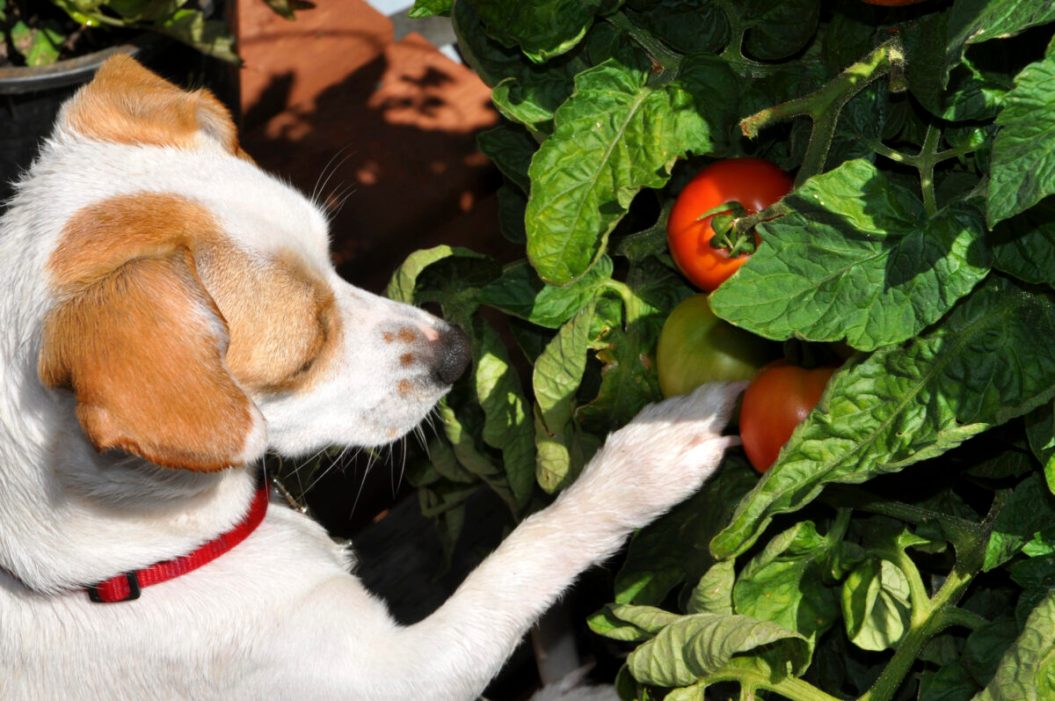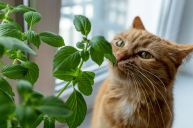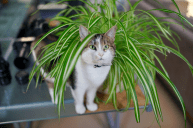Just like you, your dog loves being out and about in your garden. There's so much to enjoy: the sights, the sounds, the smells! And, in your dog's mind, the snacks. If you have a dog that likes to nosh on plants in the garden (or you have a new furry friend whose habits you don't know yet), you need to keep a close eye on what's going on when they head outdoors. Not all plants are pet-friendly!
It's important to remember that any plant, when ingested in large enough quantities, can cause tummy and GI upset, including vomiting and diarrhea. But some garden plants are especially toxic to dogs and can cause illness, or even death, if eaten. If you suspect your dog has munched on one of the plants poisonous to dogs—even if you're not entirely sure— contact your vet immediately, or call the ASPCA's poison control hotline to find out what to do. It's always better to be safe than sorry. Early treatment helps your fur baby feel better faster and improves their chances of complete recovery.
Here are the most poisonous plants to dogs that every owner should know about.
1. Oleander

This beautiful shrub, which is popular especially in warm climates, has dark green leaves and bright pink flowers year-round. It contains cardiac glycosides which can cause drooling abdominal pain, depression, or death.
2. Tomato Plants and Unripe Tomatoes
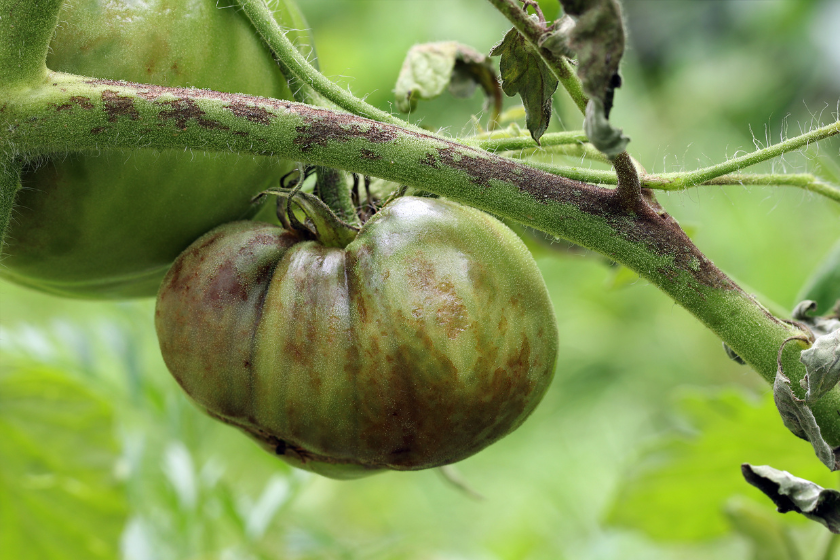
Believe it or not, tomato plants and green tomatoes aren't safe for your dog. The plants and unripe tomatoes contain tomatine, which can cause vomiting, weakness and heart failure. Fence off your veggie garden to be safe!
3. Tulips

These popular spring-flowering bulbs contain chemicals called tulipalin, which cause vomiting, depression, hyper-salivation, and diarrhea. The most dangerous part is the bulb, which has the highest concentration of toxins.
4. Azaleas
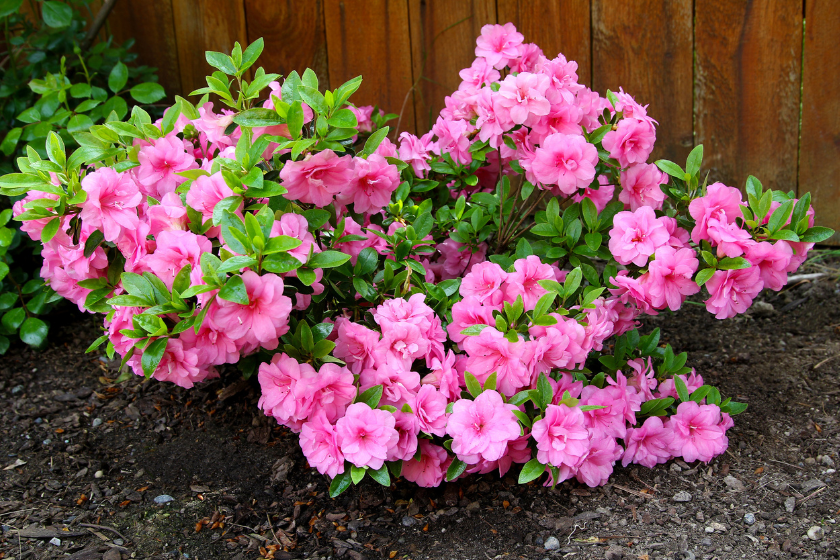
These spring-flowering shrubs are often found in dappled shade and have white or pink, red, or purple blooms. They may be either evergreen or deciduous, depending on the variety. They contain grayantoxin, which may cause vomiting, diarrhea, and heart failure.
5. Rhododendron

Rhododendrons are evergreens with thick, waxy leaves, and they bloom in late spring. They fall in the same plant genus as azaleas, so they're also toxic and contain grayantoxin, which may cause vomiting, diarrhea and heart failure.
6. Daffodils
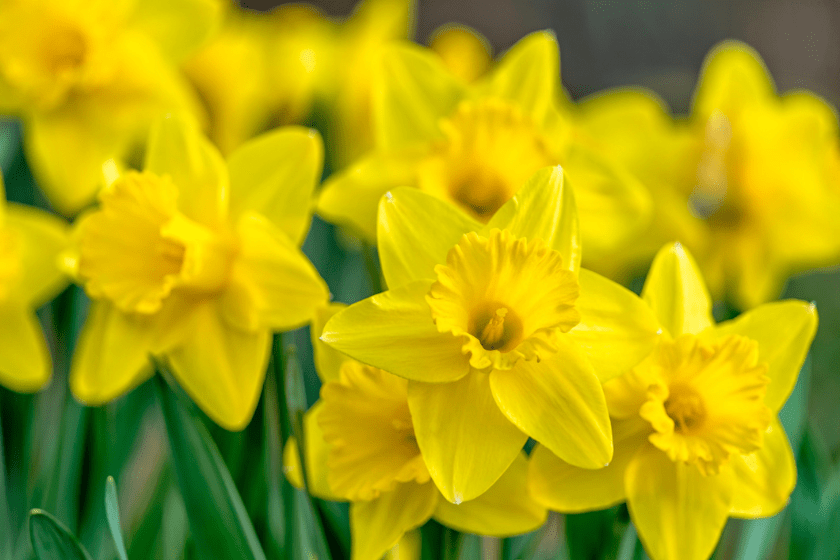
The bright sunny flowers of this bulb appear in early spring. They contain lycorine and other alkaloids, which may cause vomiting, diarrhea, convulsions, low blood pressure, tremors and cardiac arrhythmias. The bulb portion contains the most toxins.
7. Onions, Garlic, and Chives
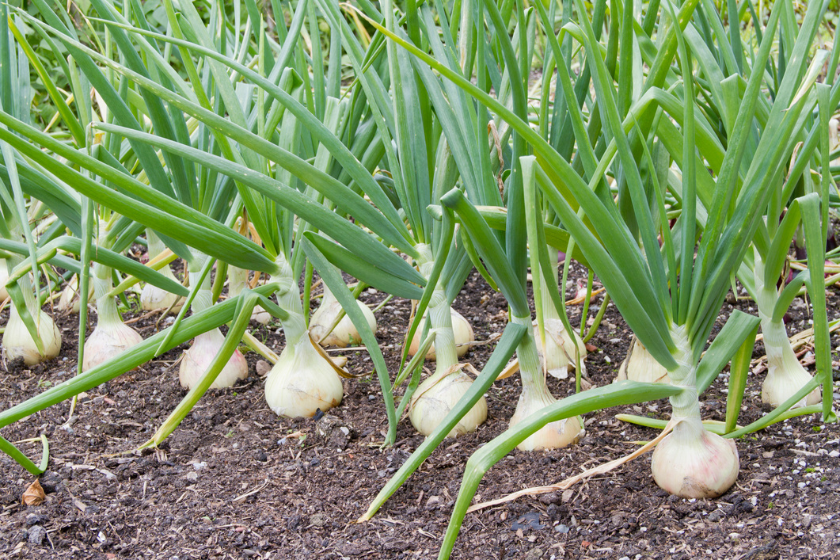
All members of the allium family are toxic to dogs. They contain n-propyl disulfide, which can cause vomiting, blood in urine, anemia, weakness, high heart rate, and panting.
8. Crocus
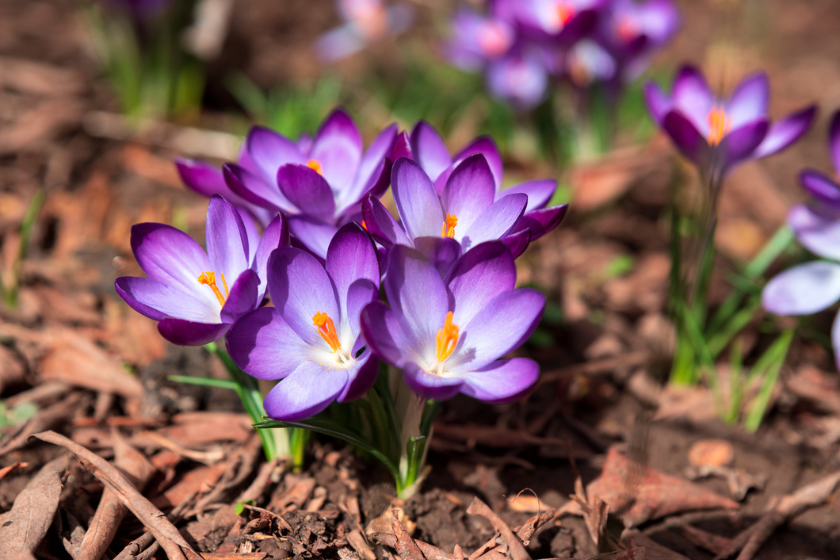
Both types of crocuses—those that bloom in spring or those that bloom in fall—are toxic to dogs. Spring crocus (Crocus sp.) may cause vomiting, diarrhea and drooling. However, autumn crocus (Colchicum autumnale) contains colchicine and other alkaloids, which can cause bloody vomiting, diarrhea, shock, and liver and kidney failure.
9. Hyacinth

These beautiful and fragrant spring-blooming bulbs contain alkaloids, which can cause severe vomiting, bloody diarrhea, depression and tremors.
How do you make sure your pup doesn't munch on dangerous plants? Tell us on the Wide Open Pets Facebook page!
